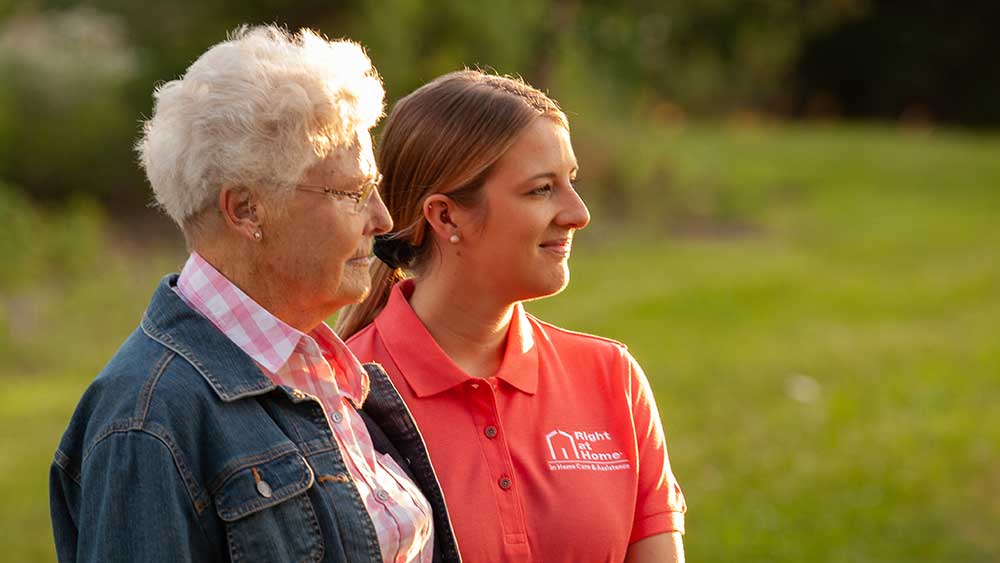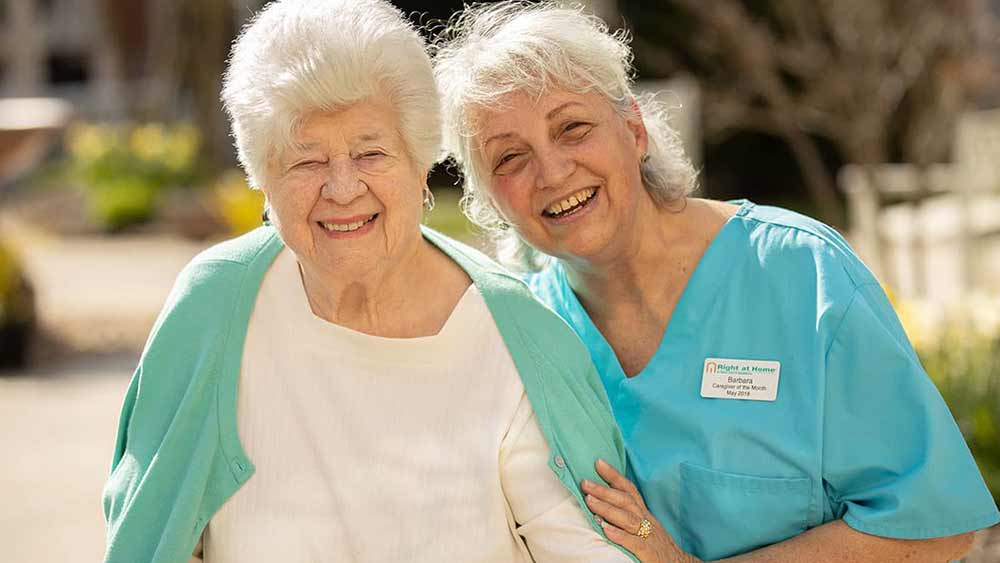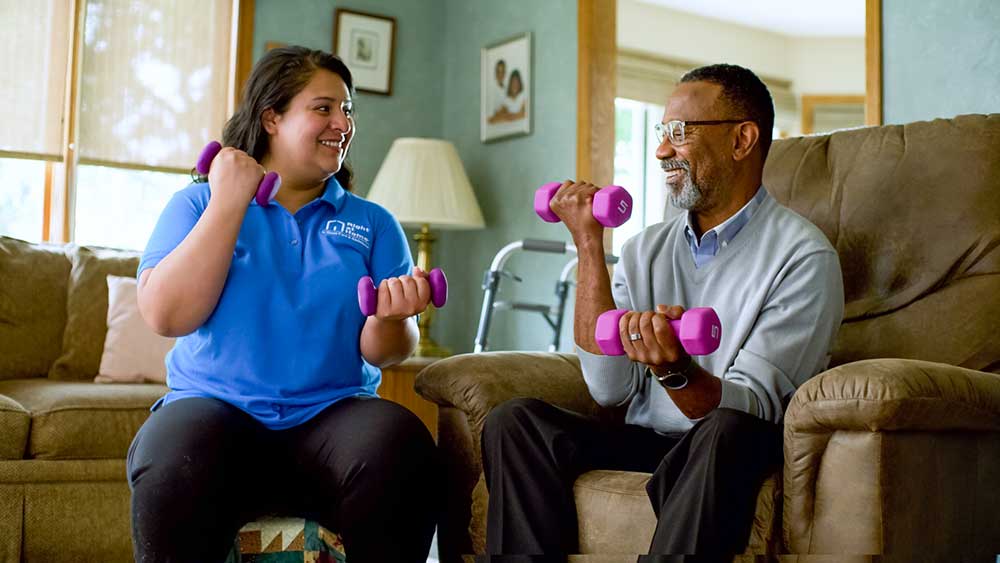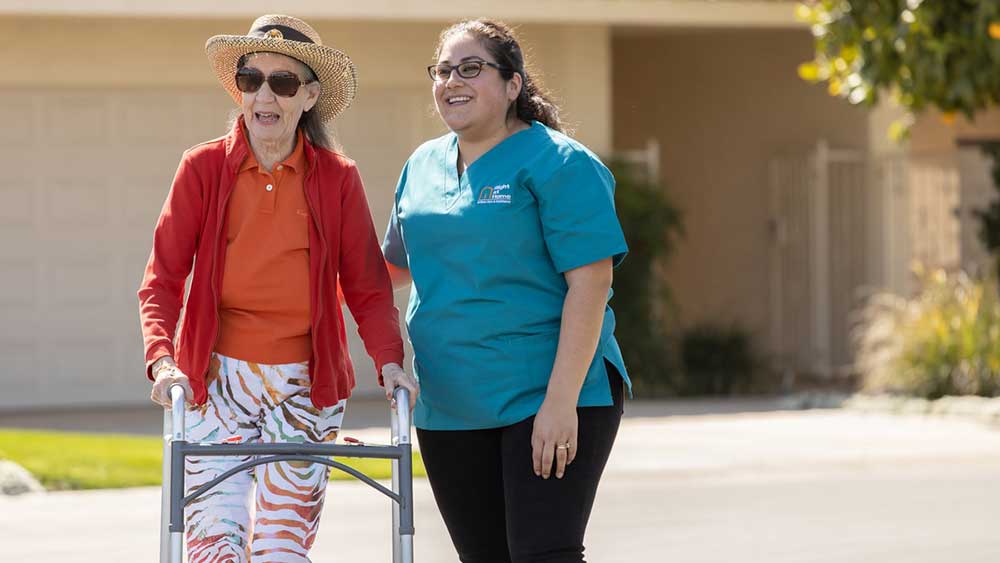

Strokes: What Women Need To Know
Stroke is the third-leading cause of death in women, killing 85,000 women each year in the United States. Although men are more likely to have a stroke, more deaths occur in women than men, according to the American Heart Association. The Centers for Disease Control and Prevention (CDC) statistics show that 60% of women who have a stroke will die from it.
A stroke, sometimes called a brain attack, happens when blood flow to an area of the brain is blocked or when a blood vessel in the brain bursts. Blood carries oxygen to cells in the body. When brain cells are starved of blood, they die, according to the CDC.
There are three types of strokes:
- An ischemic stroke occurs when a clot blocks the flow of blood to the brain.
- A hemorrhagic stroke is when a blood vessel ruptures and prevents blood flow to the brain.
- A transient ischemic attack, or mini-stroke, causes a temporary clot in the brain.
Stroke Symptoms: Men vs. Women
The following are the most common symptoms of stroke for men and women, all of which have sudden onset:
- Numbness or weakness in the face, arm or leg, especially on one side of the body.
- Confusion, trouble speaking, or difficulty understanding speech.
- Trouble seeing in one or both eyes.
- Trouble walking, dizziness, loss of balance, or lack of coordination.
- Severe headache with no known cause.
In addition to these signs, women may experience symptoms that are uncommon for men, such as overall weakness, seizures, trouble breathing, fainting, nausea or hiccups. They may also notice behavioral changes such as confusion, agitation, hallucination, disorientation or unresponsiveness.
Who Is at Risk for Stroke?
We commonly think a stroke occurs when an individual is overweight, has high blood pressure and/or cholesterol, or is under a lot of stress. Although these are risks, there are other risks women should be aware of. This American Heart Association infographic details the increased risk for stroke in women who are pregnant, have preeclampsia, take birth control pills, use hormone replacement therapy, have atrial fibrillation, or have migraines with auras and who smoke.
What may be surprising to many is that younger women are not immune to strokes. A study reported in Stroke Connection e-news found that women ages 25-44 had a higher risk for stroke than men in the same age group. The study suggests that differences in stroke risk among women ages 25-44 may be due to pregnancy, oral contraceptives, migraine headaches, certain autoimmune disorders, and higher estrogen levels.
3 Things To Do if You Suspect Someone Is Having a Stroke
- Act F.A.S.T. To Save a Life
If you think someone may be having a stroke, the CDC says to act F.A.S.T. and do the following test:
F — Face: Ask the person to smile. Does one side of the face droop?
A — Arms: Ask the person to raise both arms. Does one arm drift downward?
S — Speech: Ask the person to repeat a simple phrase. Is the speech slurred or strange?
T — Time: If you see any of these signs, call 911 right away.
- When any symptoms first appear, note the time. This information will help health care providers determine the best treatment. According to the CDC, stroke treatments that work best are available only if the stroke is recognized and diagnosed within three hours of the first symptoms. Stroke patients may not be eligible for these treatments if the patients don’t arrive at the hospital in time.
- Call 911. Do not attempt to drive or drive someone else to the hospital. Call 911 for an ambulance so medical personnel can begin lifesaving treatment on the way to the emergency room.
What Can Women Do To Reduce Their Risk for a Stroke?
There are many ways for women to prevent a stroke. Consider these lifestyle changes:
- Choose healthy foods and drinks. Replace processed foods with fresh foods such as fruits and vegetables. Processed foods contain high levels of salt. Be sure to include plenty of fiber in your diet. Foods with saturated fats, trans fats and cholesterol contribute to high blood pressure.
- Watch your weight. If you are overweight, you have an increased risk of stroke. Ask your doctor what your ideal weight range is.
- Get up and exercise. Exercise is important for all age groups. The surgeon general recommends 150 minutes of moderate-intensity exercise each week. For older adults, Right at Home suggests ways to improve your mobility during your senior years.
- Don’t smoke. Quitting smoking lowers your risk of stroke. Ask your doctor for products and support groups to help you quit. For information about tobacco use and quitting, see the CDC’s Smoking & Tobacco Use website.
- Limit alcohol consumption. The CDC recommends that women should have no more than one drink per day. For more information, visit the CDC’s Alcohol and Public Health website.
- Take your medications. If you have high blood pressure, high cholesterol, or diabetes, your doctor will prescribe the right medications to lower your risk of stroke. Never stop taking your medicine without talking with your doctor first.
Woman to Woman—Pass It Along
It’s always a good day when we learn something new. Share this information with friends and family. It could save a life.
If you are caring for a loved one who has had a stroke, Right at Home can help with in-home care services, including Companion Care, Personal Care, and Nursing Services. Our Adult Caregiving Guide offers simple steps to ensure your aging parent, spouse or friend is getting the right care they need. Or, find the closest Right at Home office and ask about a FREE in-home consultation.







